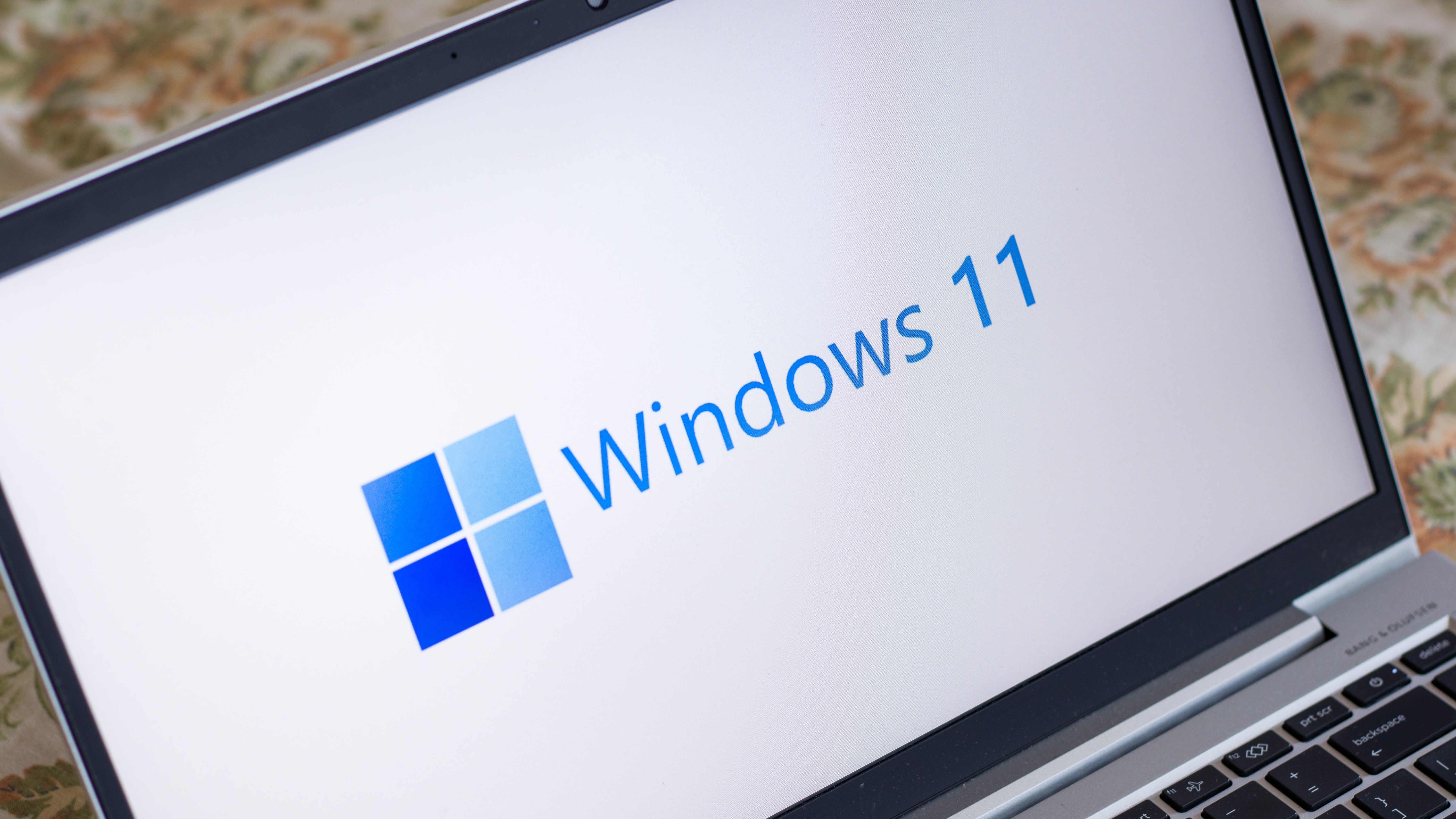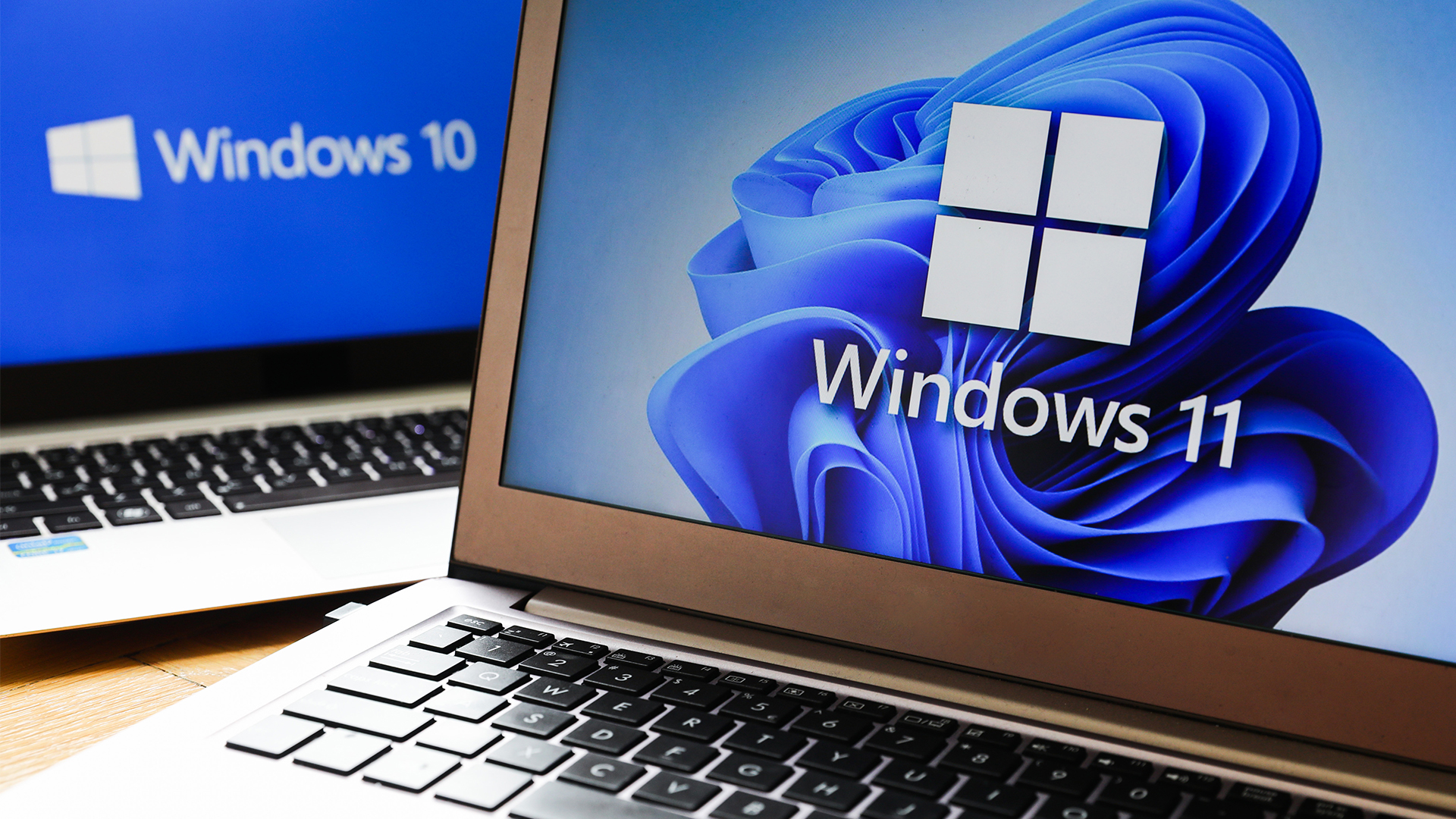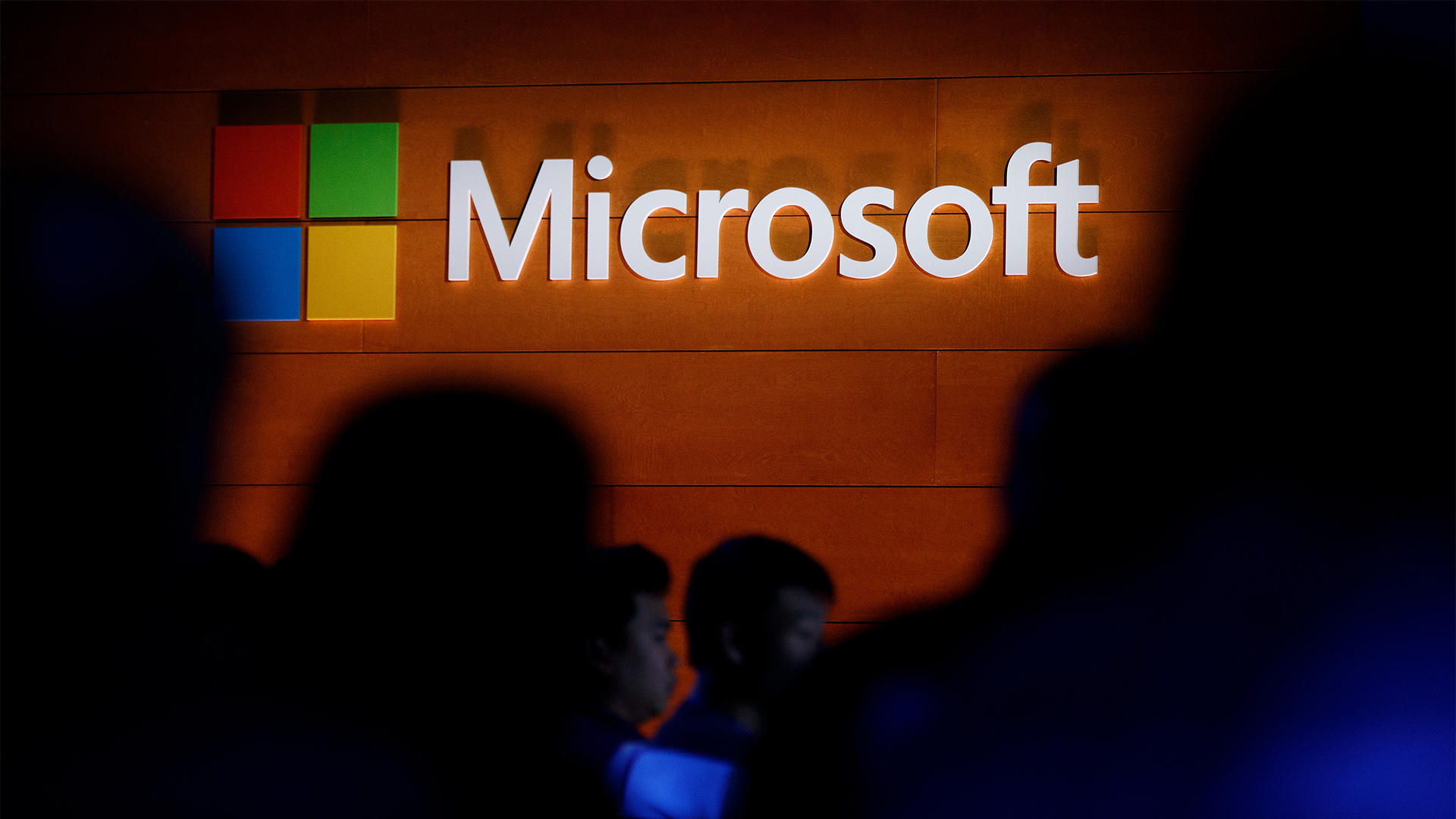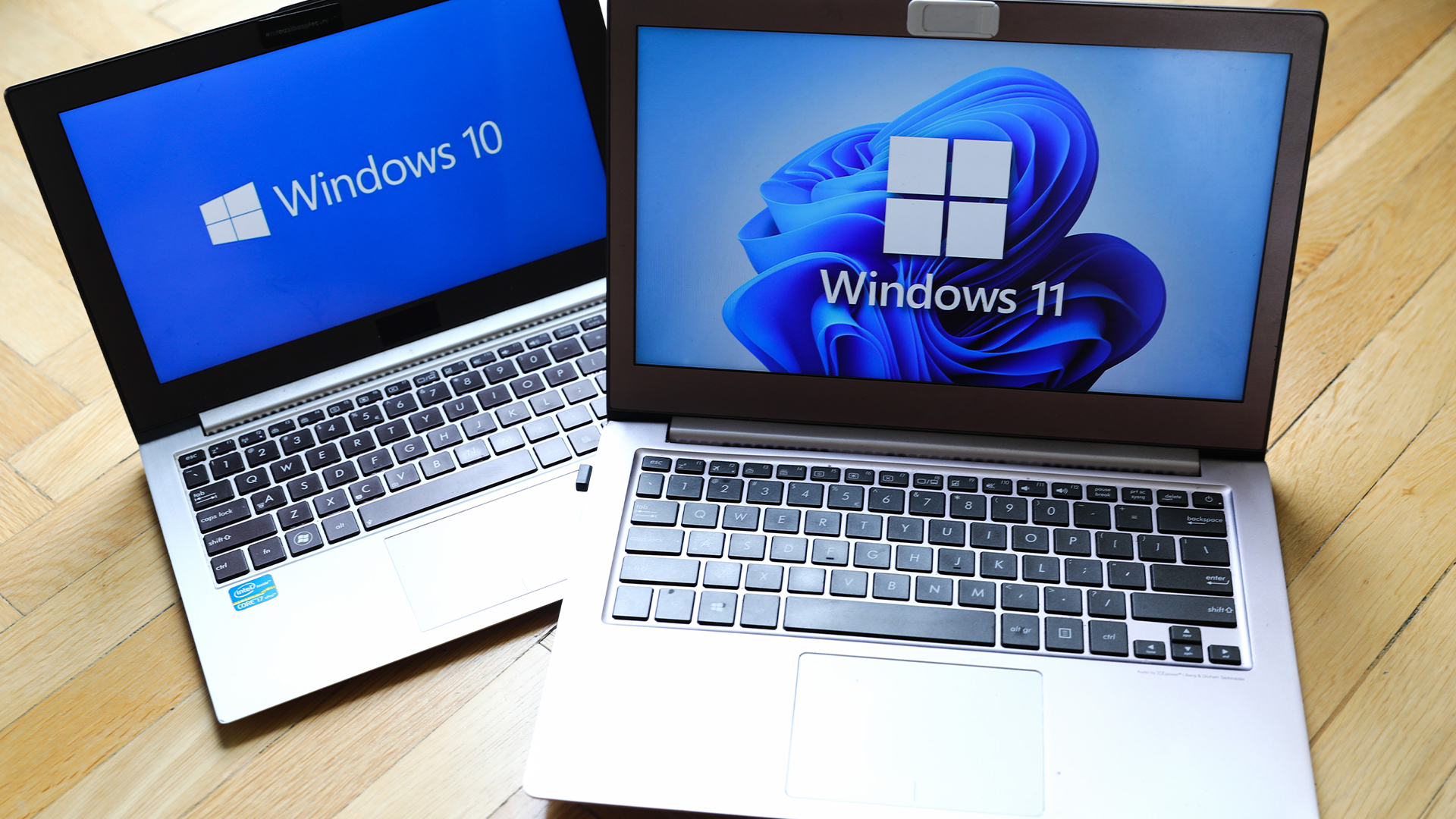Microsoft launches new layered group policy feature
Layered feature makes it easier to selectively block USB devices in Windows


Microsoft has introduced a Windows 10 and 11 feature that allows administrators to select which devices connect to endpoints. The layered Group Policy feature will make it easier for organizations to block specific types of USB devices using combined whitelisting and blacklisting.
This feature governs any device, whether internal or external, including USB drives. Administrators can define an allow list, which specifies whitelisted and blacklisted devices by their device identifiers. Windows systems categorize devices by class, device ID, and instance ID.
In the past, Microsoft used a simple combination of an allow policy and a prevent policy, with the latter taking precedence over the former. This rigid approach made it harder to update permissions when new devices entered the market, Microsoft said.
The new layering feature uses a hierarchical list of these identifiers that it examines in order, with higher identifiers taking precedence. This makes it easier to ban all devices of a particular class while making specific exceptions for devices in that class with certain hardware IDs.
The hierarchical layers allow admins to be as exclusive as they wish when defining which devices can connect to Windows endpoints. For example, locking out all USB devices other than those provided by their company. They could also block all USB devices from being installed while allowing all other devices to connect to a Windows endpoint.
RELATED RESOURCE

"With this new policy, you don’t need to know different device classes to prevent USB classes only from being installed," said Microsoft in a blog post announcing the feature. "The new policy allows you to focus scripts on USB classes and be confident that no other class is going to be blocked unless specified by the IT admin."
More effective device blocking could prevent the spread of malware via malicious USB devices. It could also make it more difficult for people to copy data from work computers that could later be lost, causing compliance problems.
Get the ITPro daily newsletter
Sign up today and you will receive a free copy of our Future Focus 2025 report - the leading guidance on AI, cybersecurity and other IT challenges as per 700+ senior executives
Layered Group Policy capabilities are available as part of the optional "C" client release, which is the company's non-security preview release. It will become more widely available on August 10 with the August 2021 Update Tuesday release. Windows 11 will also support the feature, Microsoft said.
Danny Bradbury has been a print journalist specialising in technology since 1989 and a freelance writer since 1994. He has written for national publications on both sides of the Atlantic and has won awards for his investigative cybersecurity journalism work and his arts and culture writing.
Danny writes about many different technology issues for audiences ranging from consumers through to software developers and CIOs. He also ghostwrites articles for many C-suite business executives in the technology sector and has worked as a presenter for multiple webinars and podcasts.
-
 Should AI PCs be part of your next hardware refresh?
Should AI PCs be part of your next hardware refresh?AI PCs are fast becoming a business staple and a surefire way to future-proof your business
By Bobby Hellard Published
-
 Westcon-Comstor and Vectra AI launch brace of new channel initiatives
Westcon-Comstor and Vectra AI launch brace of new channel initiativesNews Westcon-Comstor and Vectra AI have announced the launch of two new channel growth initiatives focused on the managed security service provider (MSSP) space and AWS Marketplace.
By Daniel Todd Published
-
 Recall arrives for Intel and AMD devices after months of controversy
Recall arrives for Intel and AMD devices after months of controversyNews Microsoft's Recall feature is now available in preview for customers using AMD and Intel devices.
By Nicole Kobie Published
-
 With one year to go until Windows 10 end of life, here’s what businesses should do to prepare
With one year to go until Windows 10 end of life, here’s what businesses should do to prepareNews IT teams need to migrate soon or risk a plethora of security and sustainability issues
By George Fitzmaurice Published
-
 Microsoft is doubling down on Widows Recall, adding new security and privacy features – will this help woo hesitant enterprise users?
Microsoft is doubling down on Widows Recall, adding new security and privacy features – will this help woo hesitant enterprise users?News The controversial AI-powered snapshotting tool can be uninstalled, Microsoft says
By Nicole Kobie Published
-
 Microsoft patches rollback flaw in Windows 10
Microsoft patches rollback flaw in Windows 10News Patch Tuesday includes protection for a Windows 10 "downgrade" style attack after first being spotted in August
By Nicole Kobie Published
-
 Companies “wary” of Windows 11 migration challenges as Windows 10 EOL draws closer
Companies “wary” of Windows 11 migration challenges as Windows 10 EOL draws closerNews A recent study shows that only a fraction are running Windows 11, despite a rapidly-approaching end of life deadline
By George Fitzmaurice Published
-
 New Windows vulnerability could repeatedly trigger the blue screen of death on millions of devices
New Windows vulnerability could repeatedly trigger the blue screen of death on millions of devicesNews Attackers could exploit the Windows vulnerability to repeatedly crash machines and trigger a blue screen of death, according to researchers at Fortra
By Solomon Klappholz Published
-
 Here’s how much Windows 10 could cost if you don’t upgrade this year
Here’s how much Windows 10 could cost if you don’t upgrade this yearNews Windows 10 extended security updates will cost users dearly, with prices rising incrementally each year.
By George Fitzmaurice Last updated
-
 Linux just hit an all-time high share of the global desktop market — and surging popularity in India is driving uptake of the open source operating system
Linux just hit an all-time high share of the global desktop market — and surging popularity in India is driving uptake of the open source operating systemNews Linux is still dwarfed by operating systems such as Windows, but it’s making modest gains off the back of growing popularity in emerging markets
By Steve Ranger Published